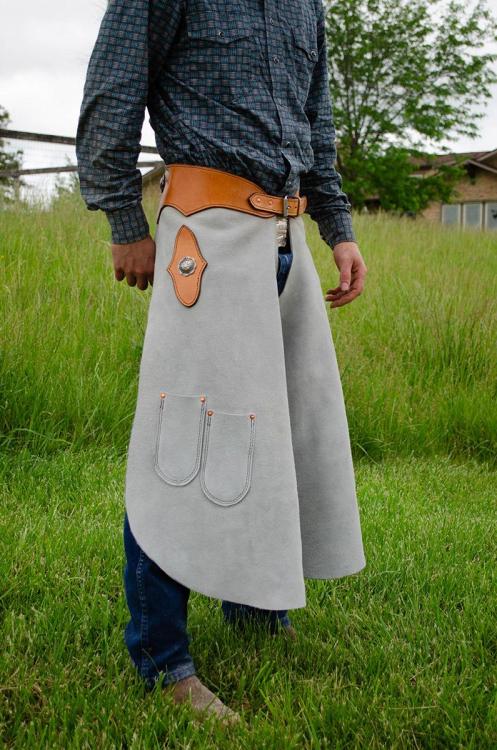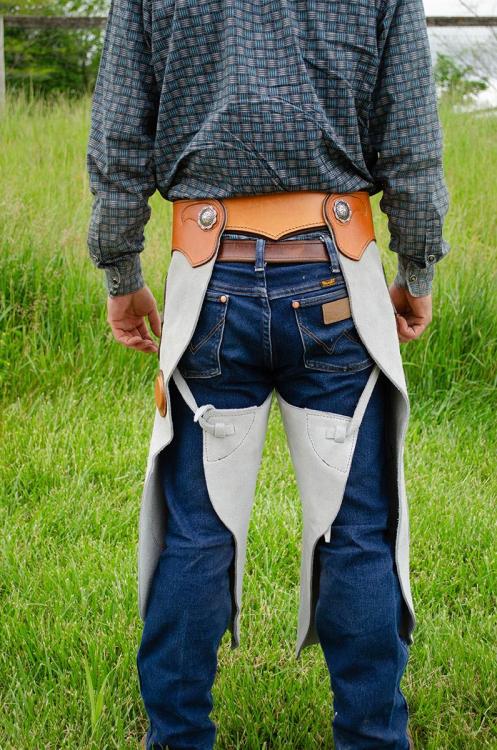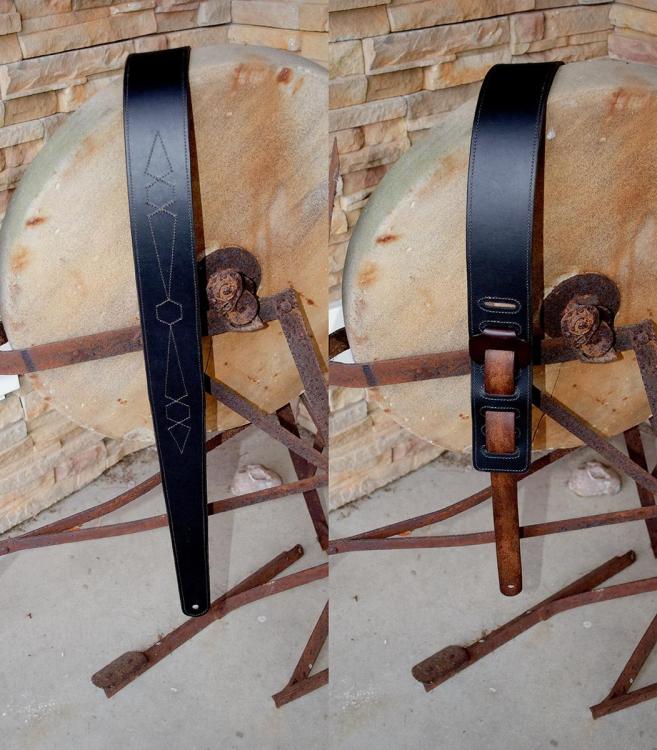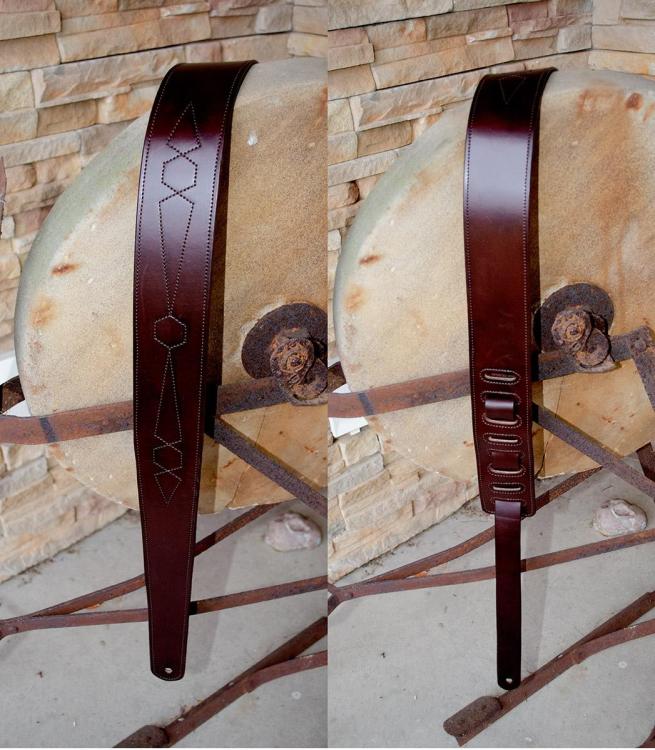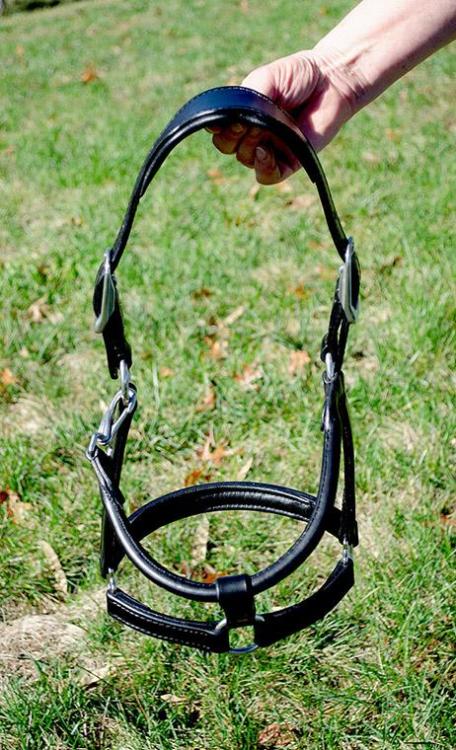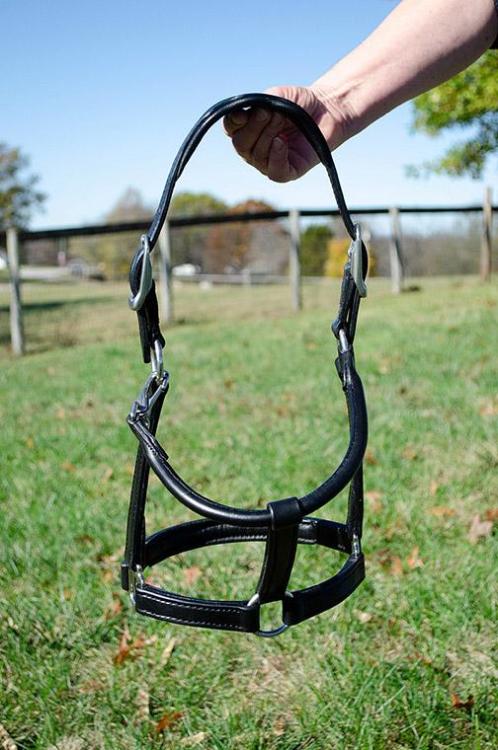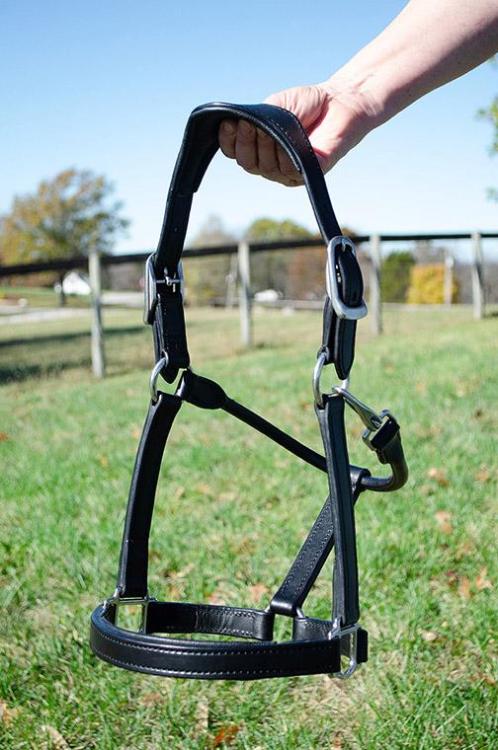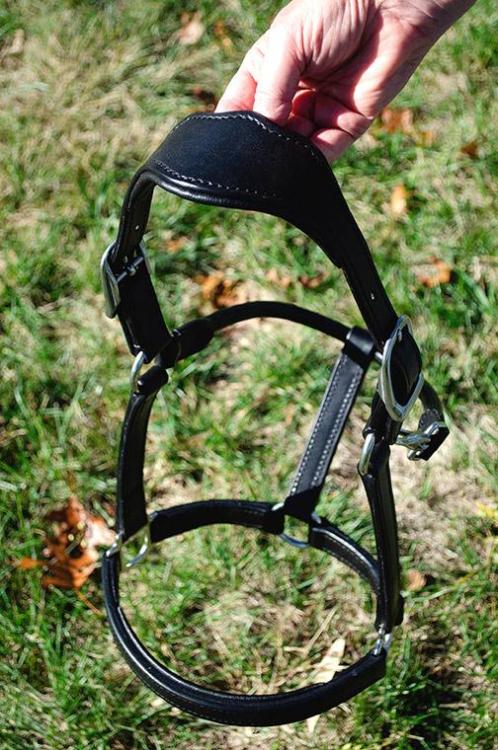-
Posts
1,284 -
Joined
-
Last visited
Content Type
Profiles
Forums
Events
Blogs
Gallery
Everything posted by TomE
-
That is an impressive modification. Could make high quality latigo saddle strings with that rig and a beveler.
-
This shoeing apron is made from 7/8 oz apron split from Beiler's. This is a heavy apron but the client is happy with it.
-
I found one on Craigslist in my area following the post-COVID spending spree. It appeared to be in like new condition. It is easy to use and handy for working in tight spaces.
-
Check that the needle is installed correctly/completely with the scarf pointed to the right. Rethread the machine. Sounds like your top thread is binding on something.
-
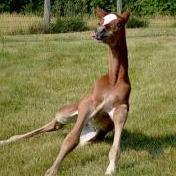
Please HELP!!! What is this hardware!?!?
TomE replied to ruffwerkz's topic in Hardware and Accessories
Appearance is similar to a saddlery spot, except spots are secured with 2 prongs instead of a tack. I would sew the handle on the bag rather than relying on these decorations. Beilers Manufacturing and Supply sells brass, nickel brass, and chrome plated spots, hand held and machine setters, etc. Call them for a catalog. -
Hello. I can make the strap as shown above, except that it wouldn't be tooled. I would use bridle leather and can add decorative stitching. Below is an example of a simple guitar strap in bridle leather. My business contact information and other examples of my work are on my FB page for Bridle-Wise Leatherworks if you would like to discuss price and options for color, hardware, adjustability, etc.
-
Can you give us more information about your machine, the particular narrow plate you're using (holster plate?), thread and needle sizes, thickness of your project, etc.? A picture of the stitch spacing (good and bad) would also help.
-
Bruce Johnson sells new Osborne awls that are sharp and ready for use. He will have expert advice to match the tool to your project.
-
That's a press-on haft, like an Osborne #144. I do most of my sewing with that type. Can put a dab of expoxy on the awl to secure it when press fit. Use a pair of soft coins in the vise to prevent damage to the awl. Some awls don't fit the chuck-type hafts and you have to fiddle with them to secure the awl. How much of the tip is sharpened depends on the thickness of the leather you're sewing and your preference. I typically keep 1/4" to 3/8" of the tip sharp and the rest of the awl is polished with rounded edges to stretch the holes without cutting them larger. As you sharpen the awl it gets smaller and you will eventually have a collection of different sizes for different thread thicknesses. Good for you that you're learning to use an awl. It is a dying art but very useful for sewing irregular shapes and fine stitching.
-
I have a Techsew SK-4 bell skiver with a vacuum cabinet. There is a retangular cutout in the table underneath the bell knife and a large, sloped metal chute that connects to the cabinet. The cabinet has a fan mounted on the back that pulls a vacuum. The vacuum is powerful enough to pull the skived bits out of the knife and deposit them in a rubbish bin in the cabinet. Most of the noise is the sound of air rushing through the cabinet. Quieter than the shop vacs I own. There are some pictures here. https://www.techsew.com/us/techsew-sk-4-leather-skiving-machine-with-vacuum-suction-device.html
-
That's some fine work! Pretty too.
-
Thank you much! Thanks! I appreciate it, @RockyAussie. Thank you!
- 5 replies
-
- halter
- bridle leather
-
(and 1 more)
Tagged with:
-
Yet another black halter. This client asked for a fancy-shaped, padded crown, so I learned how to cut and sew curves. Living on the edge.
- 5 replies
-
- halter
- bridle leather
-
(and 1 more)
Tagged with:
-
I recommend JH Leather videos on Youtube. She is trained in saddlery and hand sews dog collars in a variety of styles. Also, the Stohlman book on hand sewing leather is a good reference.
-
Looks like nice stuff and reasonably priced, but the shipping costs...ouch! I have purchased some hardware, rein grips, small stuff from Abbey England and the shipping cost has been $80+ on these small packages. Today I ordered some 4.5-5 mm chrome tanned billet bends from Booth and Co. in New York. The bends are produced by Thomas Ware and Sons in Bristol. Know anything about that tannery? Will compare it to HO harness that is reasonably stiff and arguably better than some of the billets I see on high end saddles over here. I'll put in a plug for Hermann Oak leather. I've purchased quite a few sides of bridle, harness, and plain veg tanned leather from them directly and from several retailers. I've received one side that was a disappointment, called the vendor and they reported that HO was having a problem getting some machine maintenance done during the pandemic. They offered a return but I just kept it for odds and ends projects. Everything else from HO has been fine - consistent temper, good finish, etc. I have purchased one side of Wickett & Craig bridle, and they included a large collection of samples (lots of colors) with the order. The finish is beautiful, although not as lustrous as HO bridle - more of a matte finish even after conditioning. The temper of W&C is a bit softer. Good stuff but I am used to working with HO bridle leather.
- 33 replies
-
- panel
- jumping saddle
-
(and 2 more)
Tagged with:
-
Very pretty. I like your artwork and the craftsmanship is first rate.
-
This is the only supplier of chrome tanned billet leather and cut billets that I have found in North America https://boothandco.com/products/booth-saddle-strap-leather-rawhide-cow-billet. Don't know of any rawhide billet suppliers here. Guess I should try some of their billets to see how the leather compares to Hermann Oak harness leather. Which tannery(ies) in the UK make billet leather? Also, how do you finish the edges of chrome tanned or rawhide billets? Just bevel with an edger, or can you burnish the edge?
- 33 replies
-
- panel
- jumping saddle
-
(and 2 more)
Tagged with:
-
Good suggestions, @jcuk. Thank you.
-
Yes, that concerns me as well. I made the rope noseband several inches longer than the fixed noseband behind it, in an effort to keep the hardware out of the way. Copied the design of the Monty Roberts dually halter that the client owns - it uses a similar rope clamp made of brass but client wanted stainless to match. She reports that my leather halter is working well. She competes in dressage and is using this device to correct some bad habits of a horse with a sensitive mouth.
-
Thanks for your comments, @jcuk. For now I have settled on 12 oz Hermann Oak harness leather for billets. It is firm and clients have been satisfied with the job. The shipping costs from Abbey England kill my ability to be competitive on price for the billets. I've been pre-punching the billets with a #00 mini punch (drive punch) from CS Osborne and sewing with doubled up 0.040" waxed polypropylene thread using a single needle backstitch.
- 33 replies
-
- panel
- jumping saddle
-
(and 2 more)
Tagged with:
-
@Mulesaw Thanks for the tip, Jonas. I used a brass YKK zipper for riding boots but it didn't close smoothly until the sharp edges had worn off the teeth. Meanwhile, I coated the teeth with pencil lead to lubricate them. The Vislon zipper sounds like a better deal. Do you install a metal stop at the bottom of the zipper after trimming to length?
-
Holes look good. Thank you for the haft info. Been looking for a sturdier handle for a jerk needle.
-
Looks like a winner! Can you show us the holes the awl makes? Where did you get the haft? It looks very sturdy.
-
No, I made it like the original. The rope is looped through the other ring, I think to even out the pressure from both segments when the reins are applied.
-

C.S. Osborne quality control thru the years.
TomE replied to DieselTech's topic in Leatherwork Conversation
Thanks, @bruce johnson. I enjoy learning from you and appreciate you taking the time to put the information out there.



